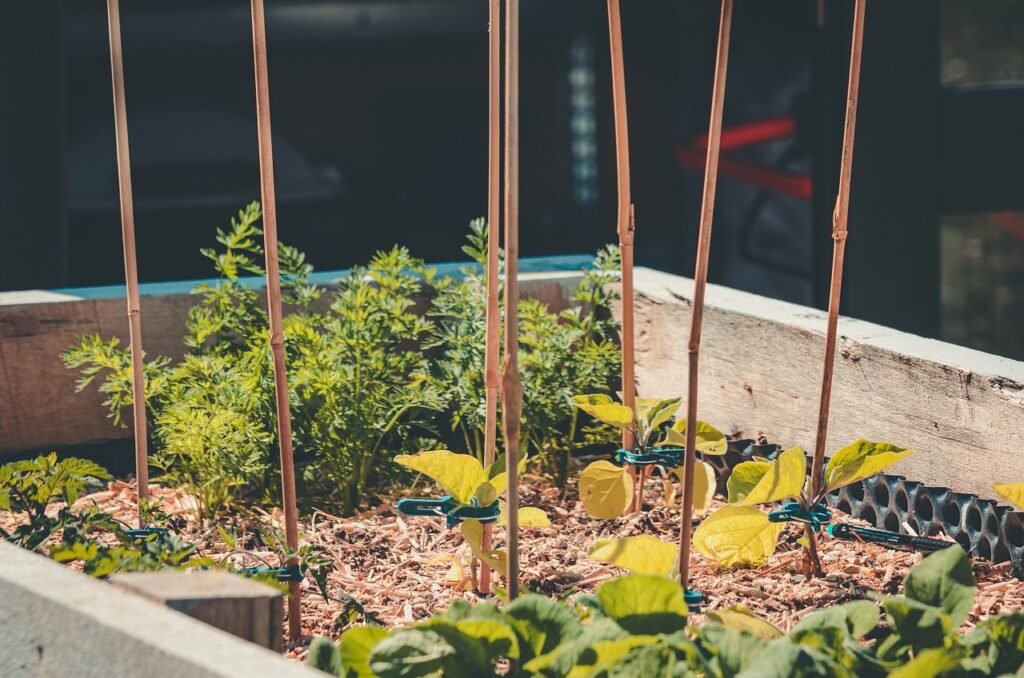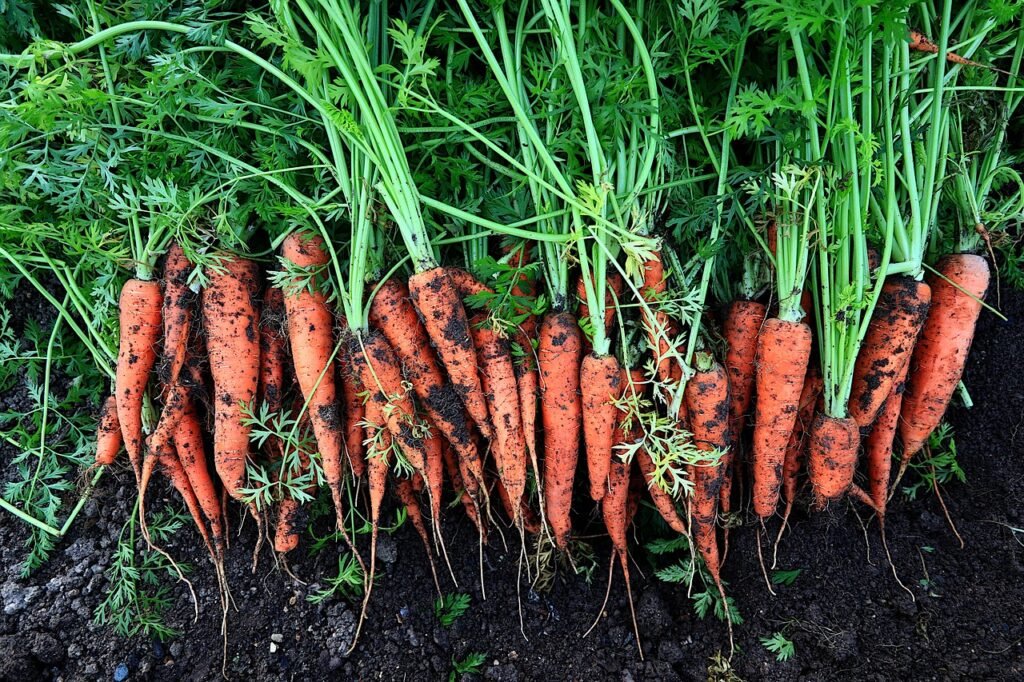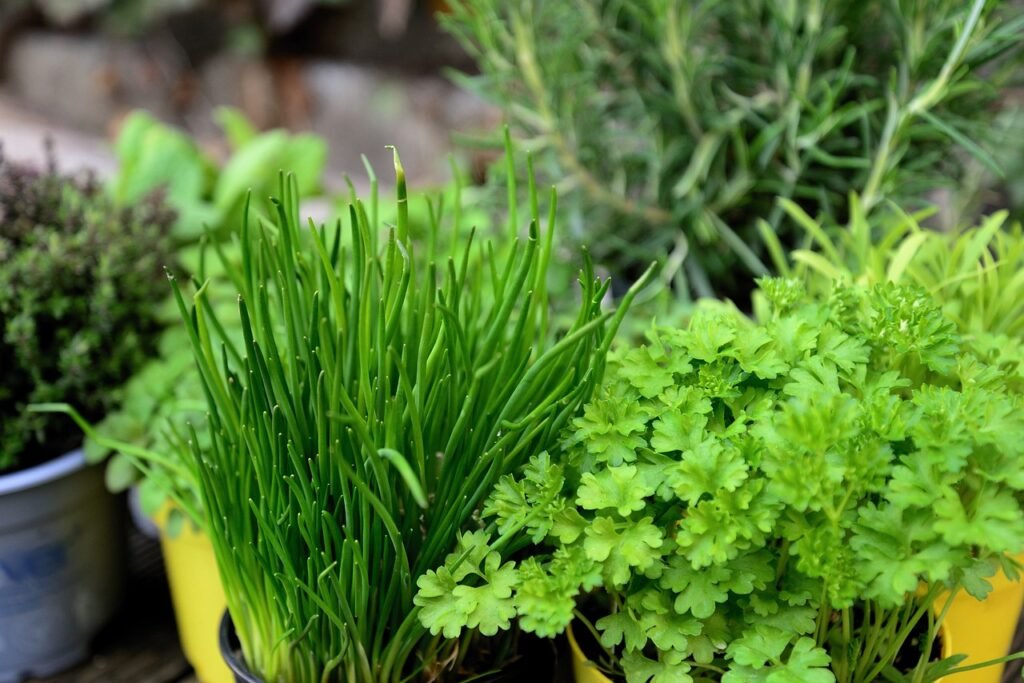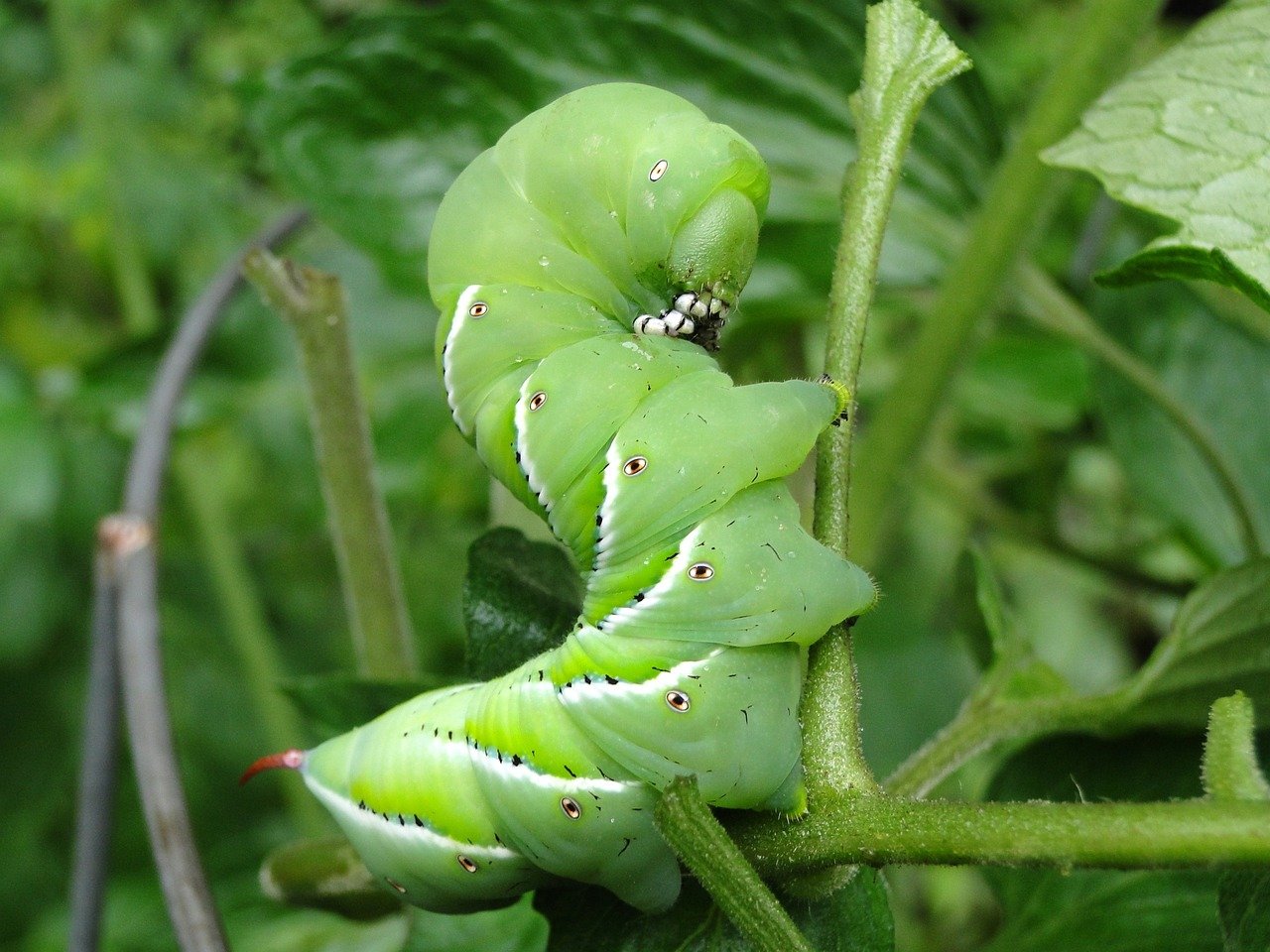
Intro
When it comes to maintaining a thriving vegetable garden, there are many strategies one can employ. Few are as intriguing and rewarding as companion planting. In this blog post, we will explore what is companion planting, its historical significance, practical applications, and the myriad of benefits it brings to your garden.
What is Companion Planting?

At its core, companion planting is a time-honored horticultural method that revolves around the principle of placing certain plants in close proximity to each other, leveraging their mutual benefits. In other words, it’s all about creating a community of plants that help each other in different ways. This can range from boosting growth and enhancing flavor to minimizing the onslaught of pests.
Certain plant pairs can have a mutually beneficial relationship, where one plant may fend off pests that could harm the other, or perhaps one plant aids in the growth of its partner by enriching the soil’s nutrient content. The key to a successful companion planting strategy lies in comprehending the unique needs and attributes of each plant in the pairing.
Whether it’s understanding their light needs, soil preferences, or growth habits, every detail can play a role in their synergistic relationship. This intricate interplay of plants forms the cornerstone of companion planting, harnessing nature’s potential to cultivate a thriving and productive vegetable garden.
The Historical Significance of Companion Planting
Companion planting has deep roots in global agricultural practices, with many ancient societies leveraging the benefits of this symbiotic approach to horticulture. Cultures around the globe have been using this method for centuries as a way to enhance the yield and vitality of their crops.
One of the most illustrative examples of this method’s age-old application is the “Three Sisters” technique. This age-old method was employed by Native American tribes, involving the cultivation of corn, beans, and squash in the same plot. In this symbiotic setup, the corn stalks serve as a natural support for the beans to climb, while the beans, being legumes, replenish the soil with vital nitrogen. In turn, the sprawling squash vines provide a living mulch, preserving soil moisture and suppressing the growth of weeds. This effective interplanting strategy created a system where the plants thrived together, maximizing their growth potential and yield.
Such instances from history emphasize the longevity and effectiveness of companion planting and its integral role in sustainable agriculture over the ages.
Understanding the Plant Combinations in Companion Planting

Mastering the art of companion planting requires knowledge of which plants complement each other. A quintessential pairing is that of carrots and tomatoes. Tomatoes offer a natural sun shield for the delicate carrot tops, while the carrots’ root system helps to aerate the soil, facilitating better root expansion for the tomatoes.
Another favorable combination is marigolds with any vegetable plant. The pungent aroma of marigolds serves as a natural insect deterrent, protecting nearby vegetables. However, it’s essential to realize that not all plants make good companions. For instance, carrots and dill are a less-than-ideal match, as dill can stunt the growth of carrots.
Similarly, tomatoes and potatoes should not be planted together as they are both susceptible to blight, a disease which can spread rapidly if these plants are in close proximity. Understanding these plant relationships is key to maximizing the effectiveness of your companion planting endeavors.
The Benefits of Companion Planting in Vegetable Gardens

Companion planting enhances the overall health and yield of your vegetable garden in various ways. For starters, it serves as a natural pest deterrent, by cultivating a habitat that lures beneficial insects. This method is especially effective when utilizing plants with powerful scents such as herbs, which can disguise the aroma of plants prone to pest infestations, reducing the necessity for chemical interventions.
Not only does companion planting aid in pest control, but it also enhances soil vitality. Take legumes, for example. These plants are known for their nitrogen-fixing capabilities, enriching the soil with this essential nutrient, which neighboring plants can readily absorb.
Another major advantage of companion planting lies in its space efficiency. By strategically pairing certain plant species, you can effectively utilize the same area to grow a diverse array of vegetables, optimizing both space and yield.
Overall, the numerous advantages of companion planting extend beyond the immediate gains seen in the vegetable patch, contributing to a holistic and sustainable gardening approach that benefits the broader ecosystem.
Companion Planting as a Sustainable Gardening Practice

Implementing companion planting in your garden can be a significant step towards sustainable gardening. This practice aligns with the principles of organic farming by limiting the dependency on synthetic pesticides and fertilizers, thereby ensuring a healthier environment.
It cultivates a biodiverse garden by inviting an assortment of beneficial insects and birds, contributing positively to the local ecology. With companion planting, the susceptibility to soil erosion is also notably reduced, as the tightly knit community of plants provides soil stability. The symbiotic relationships established between companion plants promote nutrient cycling. One plant may return essential nutrients to the soil that another plant can utilize, maintaining a natural nutrient balance in the soil.
This continual cycling of nutrients helps keep the soil healthy and fertile, enabling a productive vegetable garden that thrives year after year. Another sustainable aspect of companion planting is water conservation. Plants with similar watering needs planted together can prevent over or under watering, promoting efficient water use. Remember, successful companion planting not only enriches your garden but also creates a more sustainable and balanced ecosystem.
Practical Tips for Successful Companion Planting

Getting started with companion planting doesn’t have to be complicated. Begin by familiarizing yourself with the individual requirements of each plant, from sun exposure and soil conditions to watering needs.
A good starting point could be with proven combinations like basil and tomatoes or marigolds and peppers. It’s essential to diversify your garden with a mix of flowers, herbs, and vegetables to attract beneficial insects and discourage unwanted pests. Finally, maintain a garden journal to keep track of what companion planting strategies work best in your garden, and which ones require adjustments.
Remember, companion planting is a dynamic practice that requires observation, experimentation, and adaptation for success. A great place to implement companion planting is in permaculture gardens. Here is more info on that gardening practice. https://earthenink.com/index.php/2024/01/30/transform-your-garden-into-a-food-forest-with-permaculture/




